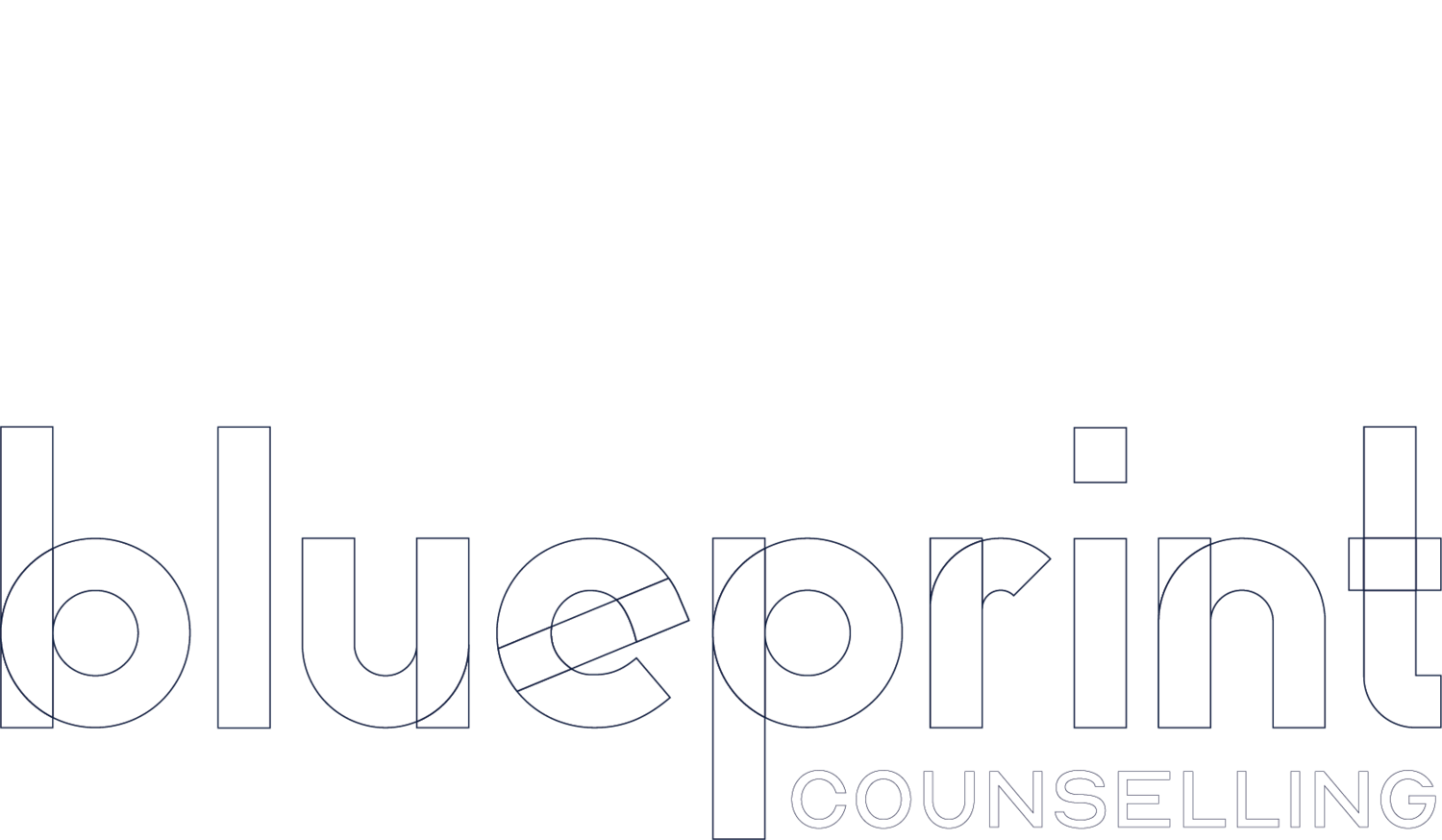Navigating Grief: Finding Your Own Path to Healing
Understanding Grief: There’s No Right or Wrong Way
The messaging we receive around grief can be confusing and isolating – the time limits placed on our emotional healing by capitalism, the way the process is depicted in our favourite TV shows and movies, and the ways the people around us either avoid the topic or try to find the silver lining can leave us feeling alone or like we’re “doing it wrong.” This couldn’t be farther from the truth.
Many of us live in a death-denying society that sterilizes death and seeks to push us through grief like it’s a simple checklist we can work our way through in a weekend. This is impossible; grief shapes us and grows with us. We continue bonds with people, pets, and things we have lost. These bonds evolve and change, but don’t abruptly end when the connection is severed or a death occurs.
There is no one right way to grieve. Our grief is as unique as the bond we had with what or who we are grieving.
What is Disenfranchised Grief?
When grief is not acknowledged by society, the people around us, or ourselves, it can become disenfranchised. This can be confusing and cause us to question our intuition and emotions. This can make it difficult to process or feel valid in our feelings, making the grieving process complicated or attempting to push it away. Through connecting with someone, be it a close person to you or your therapist, and discussing these feelings of grief and the way they sit with you, we can begin to enfranchise your grief, find space for it within your life and provide self-compassion to these parts of ourselves. In connecting and allowing ourselves to acknowledge the loss, we can begin to have self-compassion and feel validated in the ways that we may be experiencing the grief. This can help us to understand behaviours, thoughts, or feelings we may have been having that we didn’t realize were connected to the grief.
How to Process and Express Your Grief
For some people this looks like telling the story, sitting with the feelings, and finding a path forward with the grief. Death and loss are a universal aspect to life that we all experience, and when we are able to sit with each other and allow ourselves to acknowledge these feelings we can start to feel a little less alone in them.
This can look like:
Acknowledging the loss
Finding ways to connect to the person/pet/thing you have lost - this could be through finding a space that reminds you of them, or was special to you together, and visiting it with intention to remember them, or creating a memorial that allows you to remember your favourite things about them.
Exploring creative ways to express and sit with your grief - this could look like creating a box of memories that you can take out when you are feeling you would like to connect, or writing letters, creating artwork, or participating in an activity they enjoyed.
Building in moments or spaces to feel and/or connect
The Dual-Process Model of Grief: Balancing Loss and Healing
The dual-process model of grief suggests that we alternate between a loss orientation and a restoration orientation; on each side of this we may need different things, as it is normal to bounce back and forth. This may mean that some days feel more difficult than others, and that you need different things when you’re on different sides of the experience. It is okay to focus on activities of daily life, and tasks that need to be done, or make plans for the future, this doesn’t mean you weren’t impacted by the loss. We experience different sides of our grief on different days, or even at different moments throughout the day. It’s important to be patient with yourself, and learn what you need when you are in those different moments. For example, when you are in a loss orientation you may lean more towards connecting with them through memories or visiting a favourite place, and in restoration, you may focus more on the new tasks you may need to take on due to the loss.
Each person, pet, and part of myself that I have lost have shaped the person I am today. Holding space for these experiences and finding ways to connect with these losses have allowed me to feel comfortable sitting with others who are experiencing loss and change. Grief can be experienced like waves in the ocean, some bigger than others, and some unexpected at strange moments in time. When we are in the thick of it, it can feel like one after the other and we are struggling to tread water. I’m here to ride out that storm with you and watch as the waves become more manageable, as we add more flotation devices and begin to feel the sand between our toes. If any of this resonates with you, please feel free to reach out.
References:
Doka, K. J. (1989). Disenfranchised grief: Recognizing hidden sorrow. Lexington Books.
McCoyd, J. L. M. & Walter, C. A. (2016). Grief and loss across the lifespan: A biopsychosocial perspective. Springer Publishing. Neimeyer, R. A.
(2001). Meaning reconstruction and the experience of loss. American Psychological Association.
Stroebe, M., & Schut, H. (1999). The Dual Process Model of Coping with Bereavement: Rationale and Description. Death Studies, 23(3), 197–224. https://doi.org/10.1080/074811899201046
